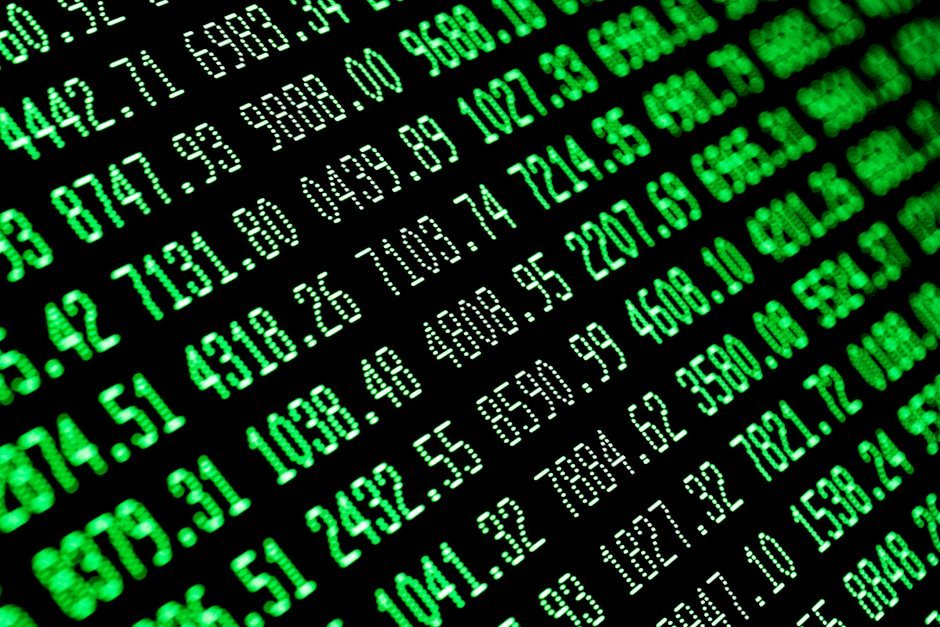Understanding trading outcomes through the lens of probability theory

Reviewing trades offers the opportunity to unpack the impact of random probability upon a sequence of trading events. An extremely simplified view of probability theory relative to trading goes something like this:
-
A prolonged sequence of futures (or FX, equities, cryptos – pick your poison) trades with a fixed $1000 profit target and a fixed risk of $1000 (normalized for underlying trends) should produce profits in 50% of the trades. A net loss would occur over time due to trading fees.
-
A prolonged sequence of futures trades with a fixed $2000 profit target and fixed risk of $1000 risk (normalized for underlying trends) should produce profits in approximately 33% of the trades. I would have a “killer” trading program if I could achieve a 50% win rate with a 2:1 win-size/loss-size ratio.
-
A prolonged sequence of futures trades with a fixed $4000 profit target and fixed risk of $1000 risk (normalized for underlying trends) should produce profits in approximately 20% of the trades. Just imagine how profitable this profile would be if only 1/3rd of trades scored a win.
Many traders only enter trades with a profit/risk ratio of 3:1. I understand the concept behind this – although I do not pay much attention to profit-potential/risk ratios in my own trading because I move my stop aggressively even though I may hold fast to a target.
Active and aggressive trade management DRAMATICALLY alters the probability calculus. While the math
is complex, think of it this way:
-
My five year ratio of avg. profit size to avg. loss size is 3.8 to 1
-
My five year Profit Factor (PF) is 5.1
IMO, the PF is a better metric to reflect the projected ratio of win-size/loss-size for the purpose of understanding the impact of random probability. A 5.1 metric is the rough equivalent of rolling the number 1 on a six-sided die (the probability is 1/6 or 16.6%). It is interesting to note that this percentage figure is similar to the percent of trading events that tend to put in my bottom line in most years. Coincidence? No.
Random probability theory applies best to the “law of large numbers.” Over a shorter series of events just about anything can happen. The point of this discussion is that thinking of trading in terms of “win-rate” over an extended period of time is a meaningless metric. I encourage traders to investigate a deeper understanding of the calculus of trading.
My three “take-aways” from this discussion are:
1. Avoid using simplistic performance metrics such as “win-rate” to understand the dynamics of a trading approach/program.
2. Trade identification (the “signal”) is far less important than risk and trade management.
3. Protecting one’s pile of chips is job #1. All approaches to market speculation run into losing streaks. Things will eventually get sorted out as long as the pile of chips remains mostly intact.
Author

Peter L. Brandt
Factor LLC
Peter Brandt is the founder and CEO of Factor LLC, a proprietary trading firm founded in 1981 at the Chicago Board of Trade.

















